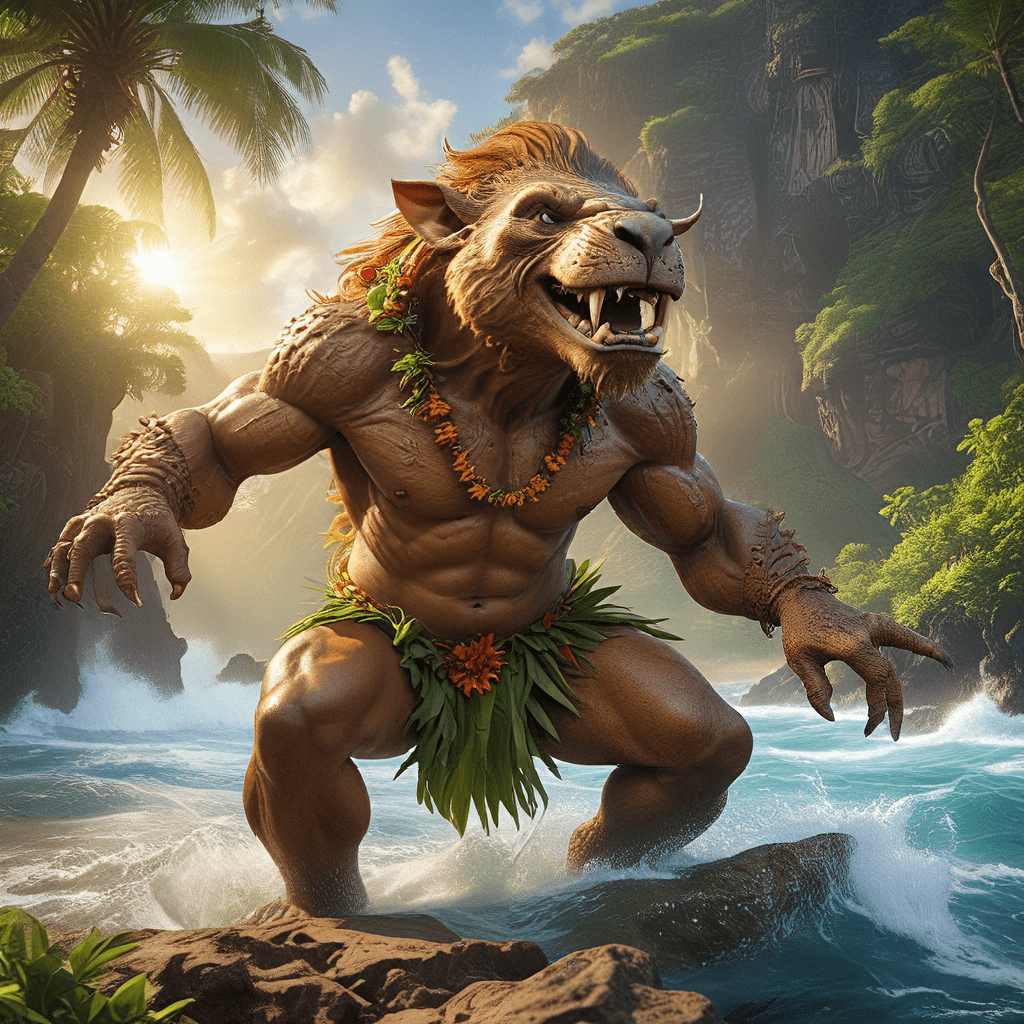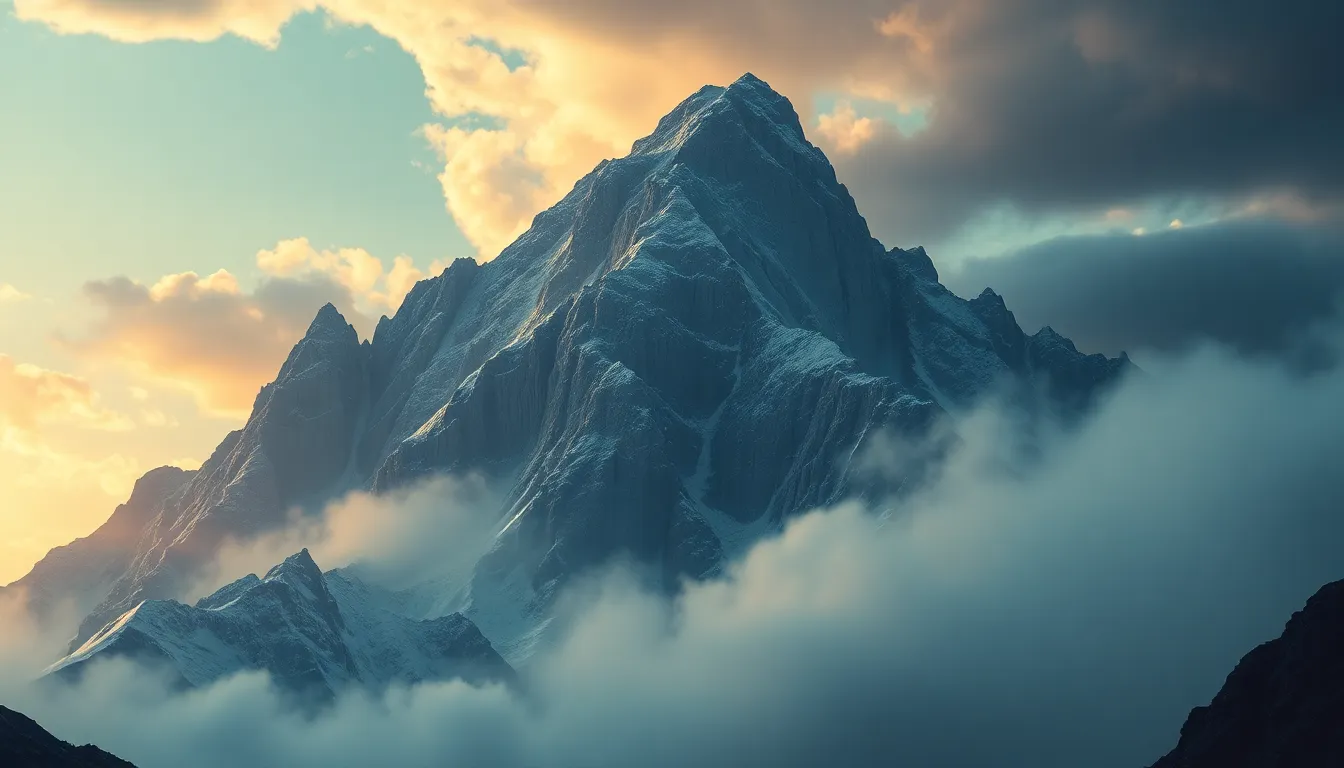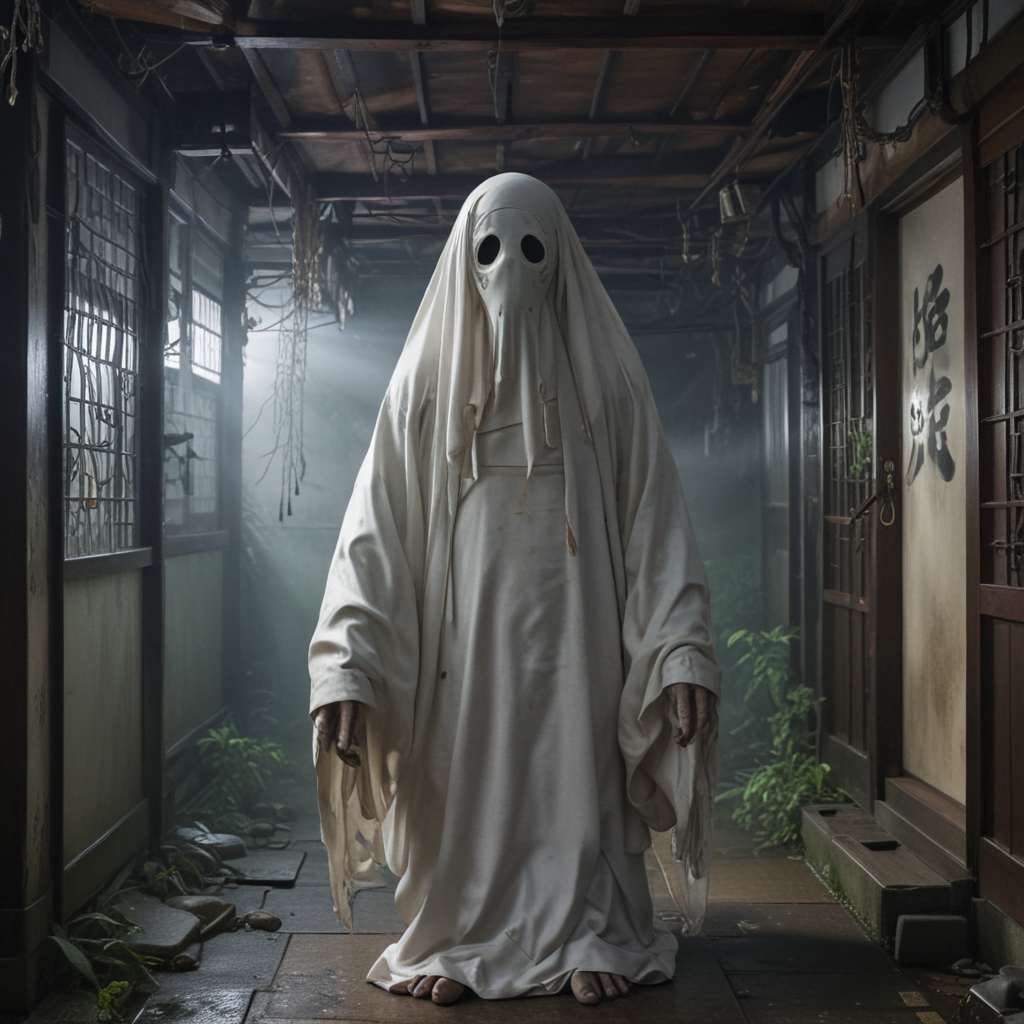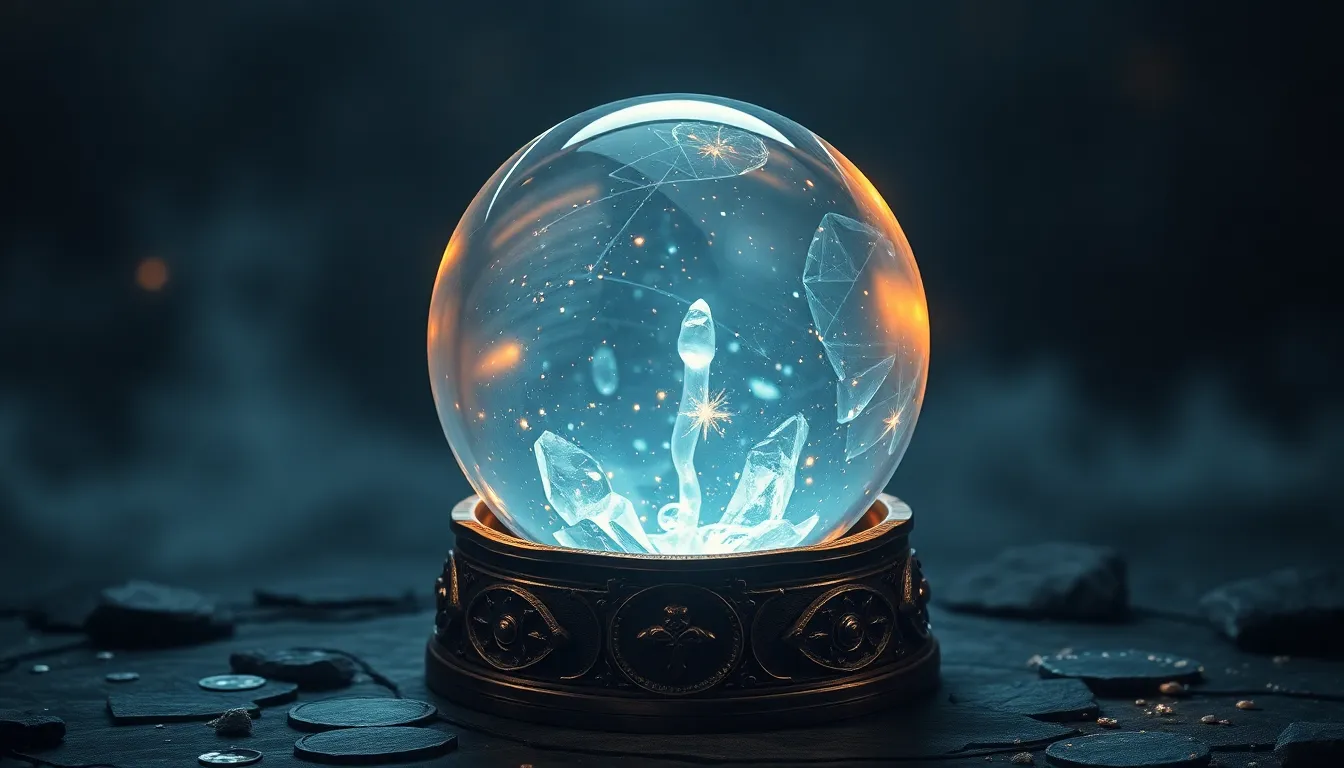Hawaiian Mythology and the Realm of the Supernatural
Hawaiian mythology is a captivating tapestry woven with tales of gods, goddesses, mythical creatures, and supernatural beings. It provides a rich understanding of the ancient Hawaiians' beliefs about the world, their connection to nature, and their understanding of the spiritual realm. Unlike many other mythologies, Hawaiian mythology is not centered around a single creator god. Instead, it focuses on a pantheon of gods and goddesses who embody different aspects of nature, such as the ocean, the volcano, and the wind.
The Importance of ʻAumakua in Hawaiian Culture
A fundamental belief in Hawaiian culture is the concept of the ʻaumakua. These are ancestral spirits that act as guardians and protectors of families and individuals. Each family lineage has its own ʻaumakua, which may take the form of an animal, a natural phenomenon, or even a deceased relative.
The ʻaumakua are revered and honored, and families often perform rituals to appease them and seek their guidance. They are believed to play a significant role in the success and well-being of the family. People often invoke their ʻaumakua for guidance, protection, and assistance in times of need.
The Gods and Goddesses of the Hawaiian Pantheon
The Hawaiian pantheon is filled with a diverse cast of deities. Some of the most important gods include:
- Kū: The god of war, agriculture, and fertility. He is often depicted as a strong and powerful figure, and his influence is felt throughout the islands.
- Kāne: The god of creation and knowledge, often seen as the most powerful of the gods. He is associated with the sky, the sun, and the earth.
- Lono: The god of peace, abundance, and agriculture. He is represented by the crescent moon and is often associated with the arrival of the new year.
- Kanaloa: The god of the ocean, storms, and the underworld. He is a powerful and often unpredictable force, and his influence is felt throughout the islands.
The Moʻo: Serpent-Like Guardians of the Land
The moʻo are serpent-like creatures that play an important role in Hawaiian mythology. They vary in size and can range from small, harmless lizards to massive serpentine beings living in the depths of the ocean or residing in the forest.
Moʻo are often seen as guardians of the land, and some are considered to be ʻaumakua, protecting specific families or places. While they can be dangerous and powerful, they are also known to be wise and helpful to those who treat them with respect.
The Menehune: Tiny, Skillful Builders of Legend
The menehune are a race of tiny, mythical people known for their incredible skill in building and craftsmanship. They are believed to have been the creators of many of the ancient Hawaiian temples, fishponds, and other structures, often working at night.
The menehune are said to be skilled in stonework, carving, and weaving, and their work is said to possess an unparalleled quality and precision. Legends about the menehune are interwoven with the creation of many Hawaiian landmarks and are a testament to the power of ancient Hawaiian craftsmanship and ingenuity.
The Night Marchers: Haunting Spirits of the Past
The Night Marchers, or huihui, are a haunting presence in Hawaiian folklore. They are believed to be the spirits of warriors, chiefs, or other important figures from the past, returning to the mortal world in the form of a procession.
These spirits are often described as appearing at night, marching in silent, disciplined lines, carrying torches or weapons. Their presence is said to be unsettling, and encountering them is considered a sign of bad luck or impending danger.
The Night Marchers' appearance is often associated with powerful events, such as storms or earthquakes. Some say they symbolize the passing of an era or the importance of remembering the past. Their presence serves as a reminder of the power and importance of ancestors and the respect they deserve.
The Kāne Milohai: The Deceptive Trickster God
In Hawaiian mythology, Kāne Milohai is both a god and a trickster, known for his mischievous nature and love of playing pranks. He is often depicted as a handsome and charming figure, with a natural ability to deceive and manipulate others.
Kāne Milohai is often associated with the ocean, and many stories tell of his adventures and escapades as he travels the seas, interacting with humans, gods, and other mythical beings. While his actions are often mischievous and playful, they can also be harmful and even deadly. Nevertheless, he is a popular figure in Hawaiian mythology, representing the playful and sometimes unpredictable nature of life.
Theories on the Origins of Hawaiian Mythology
The exact origins of Hawaiian mythology are complex and subject to debate. Some scholars believe that it originated with the ancient Polynesians, who migrated to the Hawaiian islands centuries ago. The stories, rituals, and beliefs they brought with them formed the foundation of Hawaiian culture.
Other scholars suggest that Hawaiian mythology evolved over time, influenced by interactions with other cultures and the unique environment of the Hawaiian islands. The stories reflect the ancient Hawaiians' deep connection to the natural world and their understanding of its power and mystery.
Influence of Polynesian Mythology on Hawaiian Beliefs
Polynesian mythology has a significant influence on Hawaiian beliefs and stories. Many of the gods and goddesses found in Hawaiian mythology, such as Kū, Kāne, and Lono, are also found in other Polynesian cultures.
The Polynesian concept of the ʻaumakua, the ancestral spirit guardian, is also prominent in Hawaiian culture. It's a testament to the interconnectedness of Polynesian cultures, where stories, traditions, and beliefs were shared and passed down through generations. The similarities between Polynesian and Hawaiian mythology reflect the common origin of these cultures and their shared understanding of the spiritual world.
Modern Interpretations of Hawaiian Mythical Creatures
In modern times, Hawaiian mythical creatures continue to be fascinating subjects of study and inspiration. They are often featured in works of art, literature, and film, reinterpreted and reimagined for contemporary audiences.
These modern interpretations often explore themes of ecological awareness, cultural identity, and the importance of preserving traditional values. They serve as a reminder of the richness and depth of Hawaiian mythology and its enduring legacy.
FAQs
What are some of the common themes in Hawaiian mythology?
Some common themes in Hawaiian mythology include the importance of family and lineage, the power of nature, the connection between the spiritual and physical worlds, and the importance of respecting ancestors and traditions.
What is the significance of the ʻaumakua in Hawaiian culture?
The ʻaumakua are believed to be powerful protectors and guides for individuals and families. They offer protection, guidance, and support, often acting as intermediaries between the human world and the spirit world.
How is Hawaiian mythology reflected in modern Hawaiian culture?
Hawaiian mythology continues to be an integral part of modern Hawaiian culture. It is reflected in art, music, dance, language, and storytelling, helping to preserve and celebrate the rich history and traditions of the Hawaiian people.



